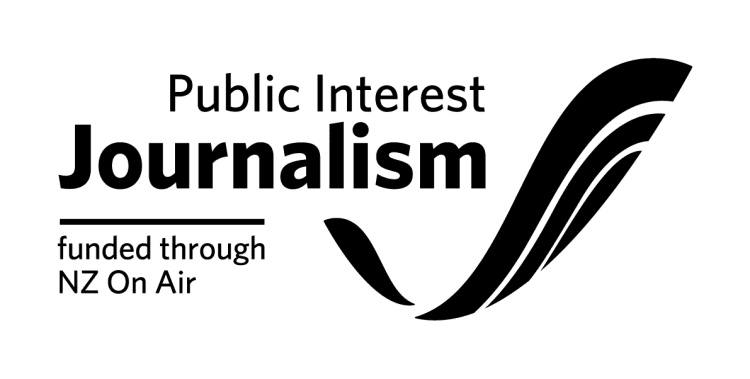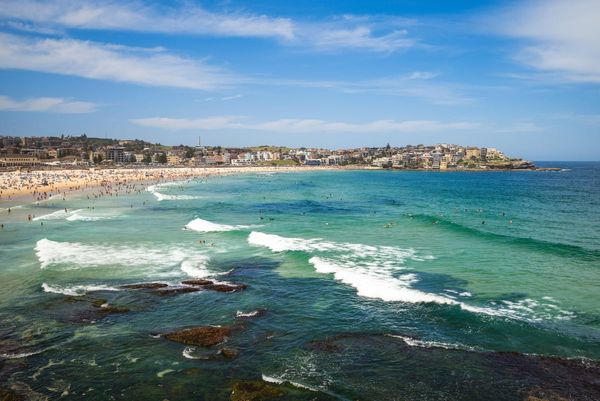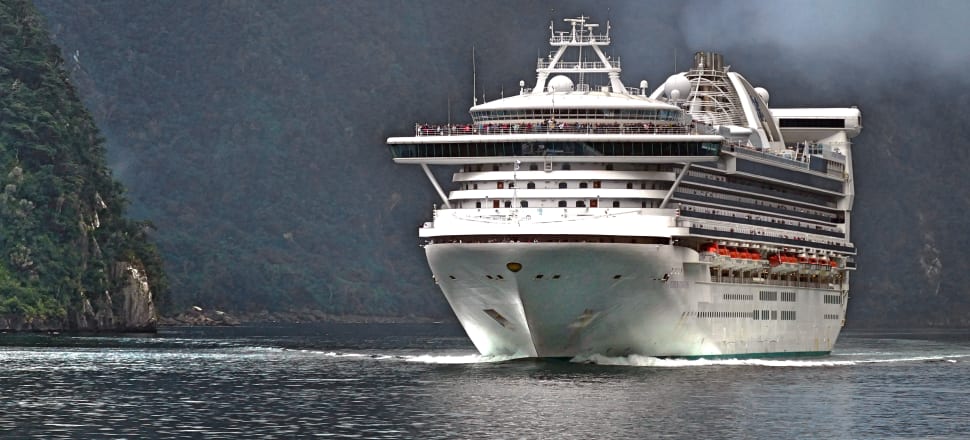
As international cruise ships once again ply our waters, there’s renewed debate about whether they belong in one of New Zealand’s – and the world’s – most precious places
Milford Sound Piopiotahi, a pristine Fiordland destination called the eighth wonder of the world by Rudyard Kipling, is just another day at sea for about a quarter of a million cruise-ship passengers who will visit this season.
However, if tourism planners get their way, the enormous floating hotels will be banned from the Unesco world heritage site.
READ MORE: * Te Anau – it's the little things * Ambitious changes planned for Milford Sound
“If we are talking about trying to protect the most magical place in New Zealand then cruise ships are inconsistent with that protection, with that magic,” says Keith Turner, a former boss of Meridian Energy and chair of Milford Opportunities.
The group, set up with central and local government backing and mana whenua and tourism industry representation, has developed a Milford Sound master plan and cruise ships are not on it.
The plan is a response to rapid growth in Milford tourist numbers and the effect they are having on the environment and visitor experience. In 2019, numbers peaked at 870,000, more than double the tally of six years earlier.
Troubled waters
Turner says the cruise industry sells expensive trips at the cost of the environment and the “pristine picture” in cruise-operator marketing is at odds with reality.
“If you look at the objective of the Milford master plan, ‘Piopiotahi as it was forever’, then it’s very hard to imagine it being as it was with modern cruise liners coming in there spewing out smoke and putting the very place that we hold dear at risk,” says Turner.
This season 109 cruise ships will visit Milford, most of them overseas-owned and operated. Shutting them out of the fiord would have “massive flow-on effects”, says New Zealand Cruise Association head Kevin O’Sullivan.
Two operators have said removing Fiordland from their itineraries would strike the South Island from their schedules. O’Sullivan says that would cost the country several hundred million dollars in lost revenue.
The association has expressed its concern about a possible ban to Milford Opportunities several times, he says.
“We think now is the time to discuss this. We could be looking at what the issues are and how they can be remedied, not having to wait for another year or so,” says O’Sullivan.
Distorted image
According to Turner, when cruise ships enter Milford “they can sit there for an hour or two puffing out smoke, and if it’s calm, pristine and clear, you get a dirty blue inversion layer”.
He says that “is completely inconsistent” with what has been sold to the visitor.
In the event of a natural disaster or grounding, a cruise liner carrying thousands of people would be “extraordinarily difficult to recover”, requiring a lot of equipment and manpower, he says.
The sound is at the southern tip of the alpine fault, which Turner says has a 75 percent chance of rupturing in the next 50 years in a magnitude 8 or greater earthquake, potentially triggering a tsunami up to 10s of metres high.
A ship grounding “would destroy the critical attraction that brings most of our tourists to New Zealand and that’s a very high cost for the [benefit] of very few people who don’t pay”.
University of Auckland urban planning senior lecturer Timothy Welch says the return of cruise ships is an opportunity to assess their environmental harm and financial benefit.
“It’s crazy how big the environmental impact a single cruise ship can have from the air to the sea.”
Ships typically have exhaust cleaning systems, or scrubbers, that remove most emitted sulphur before it enters the air.
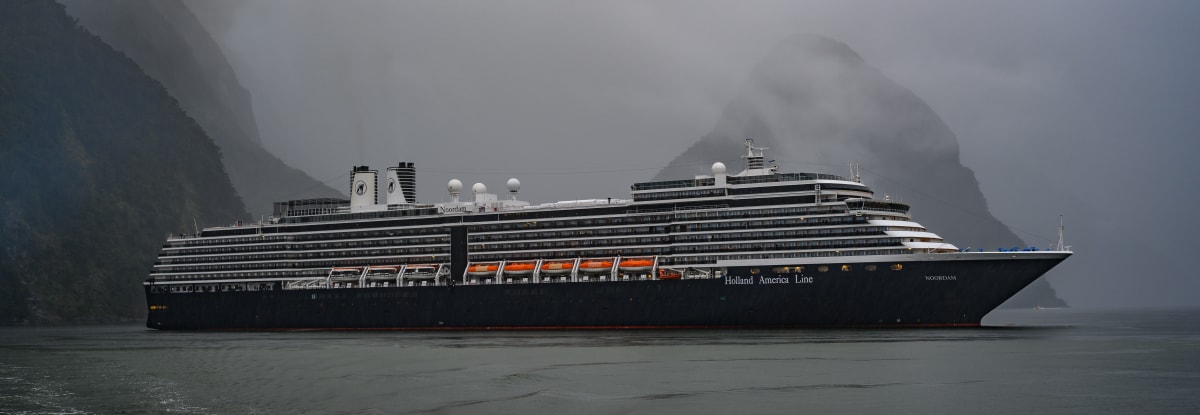
The problem, Welch says, is some of the devices dump the recovered chemicals at sea, potentially harming marine life and contributing to ocean acidification.
The ships also dump untreated sewage and contaminated grey water, amounting to billions of litres a year, he says.
The health of passengers is another concern, he says. Studies have found they are exposed to the same level of particulate emissions on deck as they would be on a smoggy day in Beijing.
A ship’s daily emissions have been shown to equal those of about a million cars.
The $500-plus million a year the cruise industry is worth to New Zealand is a “drop in the bucket” compared to the $17.5 billion overall spend by international tourists, he says.
“The cruise industry certainly has a much bigger footprint in terms of the damage it does or can potentially do,” Welch says.
Friends of the Earth is no friend of the industry. The environmental group’s 2022 cruise-ship report evaluated 18 operators on their sewage treatment, air pollution, water-quality compliance and transparency and in most cases they are failing.
The organisation wants to see independent observers on all cruise ships. It says without oversight, the vessels’ pollution will continue, threatening communities and marine life.
Fixing footprint
O’Sullivan says the industry is continually working to reduce emissions and improve its environmental footprint and some of the criticism directed at it is not based on science.
Modern liners burn low-sulphur fuel and their scrubbers remove particulates as well as residual nitrogenous waste, he says, leaving just water vapour coming from their funnels.
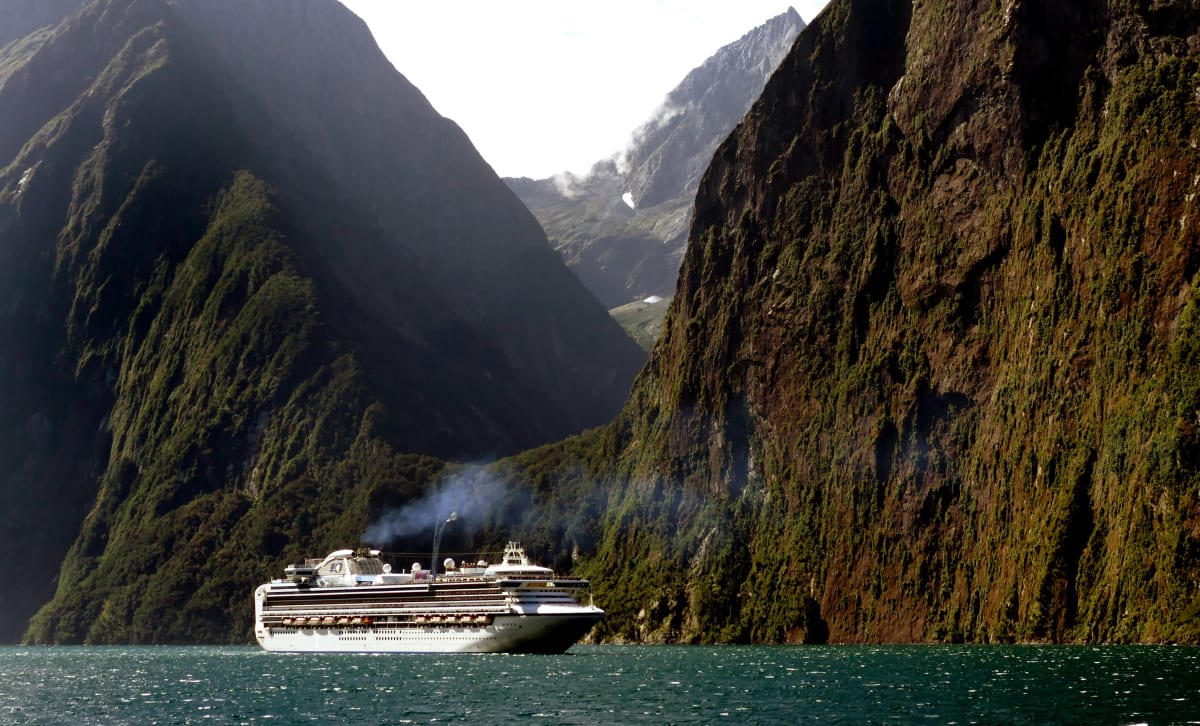
Cruise liners that visit New Zealand have “well put-together systems” to deal with waste, such as sewage, that avoids discharges into the water.
They can, however, dump food waste at sea.
Clipping the ticket
Of $547 million injected into the New Zealand economy in the 2019-2020 cruise season, very little ended up in Fiordland.
With no immigration facilities at Milford Sound, there is no way to “clip the ticket” of international visitors, says Turner.
Cruise ship companies pay for access to the fiords as a condition of a deed of agreement they sign with Environment Southland, the regional council.
The quasi-resource consent places environmental obligations on the ship operators and they pay a marine fee based on gross tonnage.
Before the industry’s forced hiatus, Environment Southland estimated total marine fees to be $2.8 million a year, funding a harbour master, navigation safety activities and management of the coastal environmental.
Marine-fee reserves have dwindled to nearly nothing since the pandemic, says Southland harbour master Lyndon Cleaver.
When reserves have recovered, the council will look at funding infrastructure on Stewart Island, for example, and other coastal science projects that the Southland region will benefit from, Cleaver says.
Milford Opportunities has recommended the introduction of an entry fee for international tourists visiting Milford Sound, which Turner says would exceed any lost marine-fee revenue if a cruise-liner ban goes ahead.
Eyes and ears
Environmental Southland monitors cruise ships to make sure they are adhering to their agreed responsibilities.
Cleaver says he usually makes several visits to cruise ships during the season.
But due to shipboard Covid outbreaks, he has put four monitoring visits planned for this cruise season on hold.
Instead, pilot-boat skippers who are familiar with the deed of agreement terms will be his “eyes and ears”.
“They will let me know about anything untoward. It’s not their job to be environmental policemen but they are there to advise and recommend if they see something that is not in line with the deed of agreement.”
The cruise lines are required to have insurance to cover any costs associated with an oil spill or grounding.
But Cleaver is concerned that the nearest Maritime NZ pollution-control equipment is stored at Bluff, 300km from Milford. He is talking to Maritime NZ about basing equipment at Te Anau to shorten response times.
That will depend on storage, maintenance and security arrangements a Maritime NZ spokesperson says.
Behind the times
New Zealand has been slow to adopt International Maritime Organisation conventions for pollution prevention and emission reductions (Marpol), set down in six documents, or annexes. So far the government has signed five of the six.
It signed annex VI in May, 15 years after Australia and 18 years after the United Kingdom, and was one of the final two OECD nations to add its signature to the convention.
Annex VI aims to prevent and minimise air pollution from ships and is the primary international regulation for addressing the effects of climate change from shipping.
The IMO has set a target of reducing carbon intensity of all ships by 40 percent from 2008 levels by 2030. Ship owners have until 2024 to ensure their vessels have a carbon-intensity rating that indicates energy efficiency.
IMO spokesperson Natasha Brown says ships will be graded on their energy efficiency from A (best) to E.
Ships graded D or E will still be able to operate but will need a plan for getting to grade C or better.
A Maritime NZ spokesperson says being signatories to annex VI has not changed the ability of its inspectors to board vessels but expanded what can be checked to include a range of equipment and practices to prevent harmful air emissions.
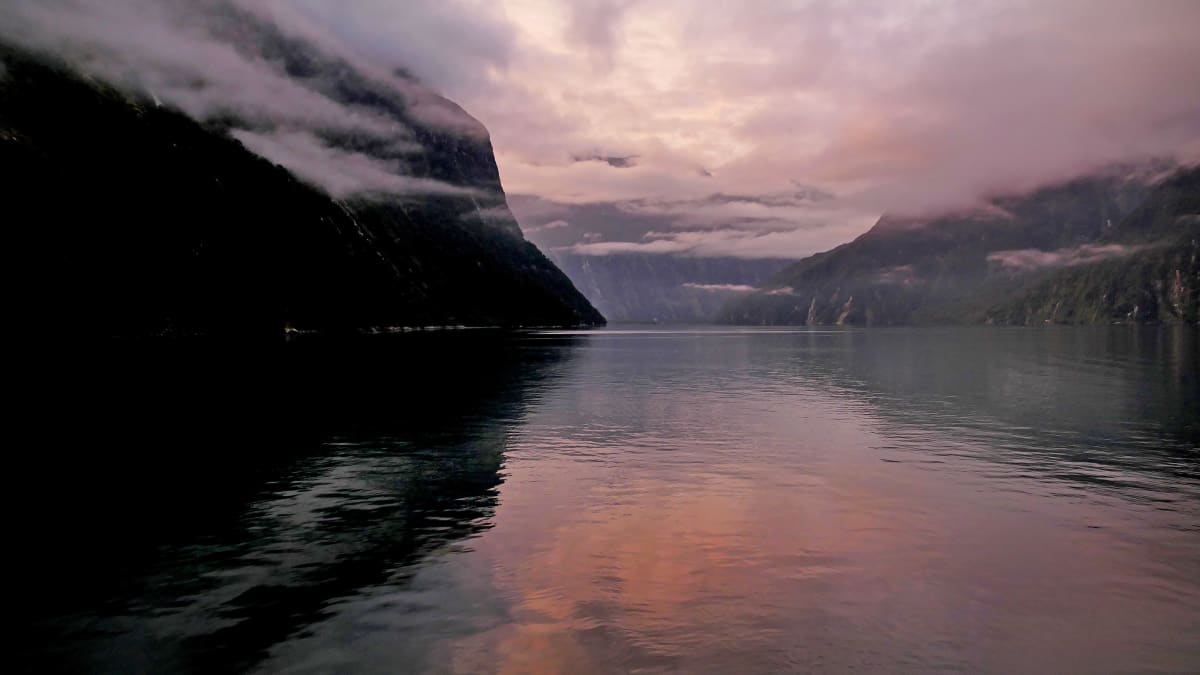
“Our maritime inspectors take a risk-based, intelligence-led approach when deciding whether to inspect vessels, such as cruise ships,” says the spokesperson.
Since the cruise season started two cruise ships have been inspected and given the all-clear, the spokesperson says. Inspections will continue during the season.
O’Sullivan says overseas-owned cruise ships are already meeting IMO requirements, with home countries signed-up to the Marpol conventions well before New Zealand.
Other countries’ environmental regulations are more stringent than New Zealand’s so cruise ships are working within the confines of the most rigorous rules.
“We are getting the benefits of the controls already in place worldwide.”
A lot of water to go under the bridge
Any Milford cruise-ship ban is likely to be years away. Turner says the task before Milford Opportunities is to prove the feasibility of not just the ban but the group’s total master plan.
The project has to grapple with complex implementation issues and about two years of planning and policy work is required before any work can start on the ground.
Made with the support of the Public Interest Journalism Fund
